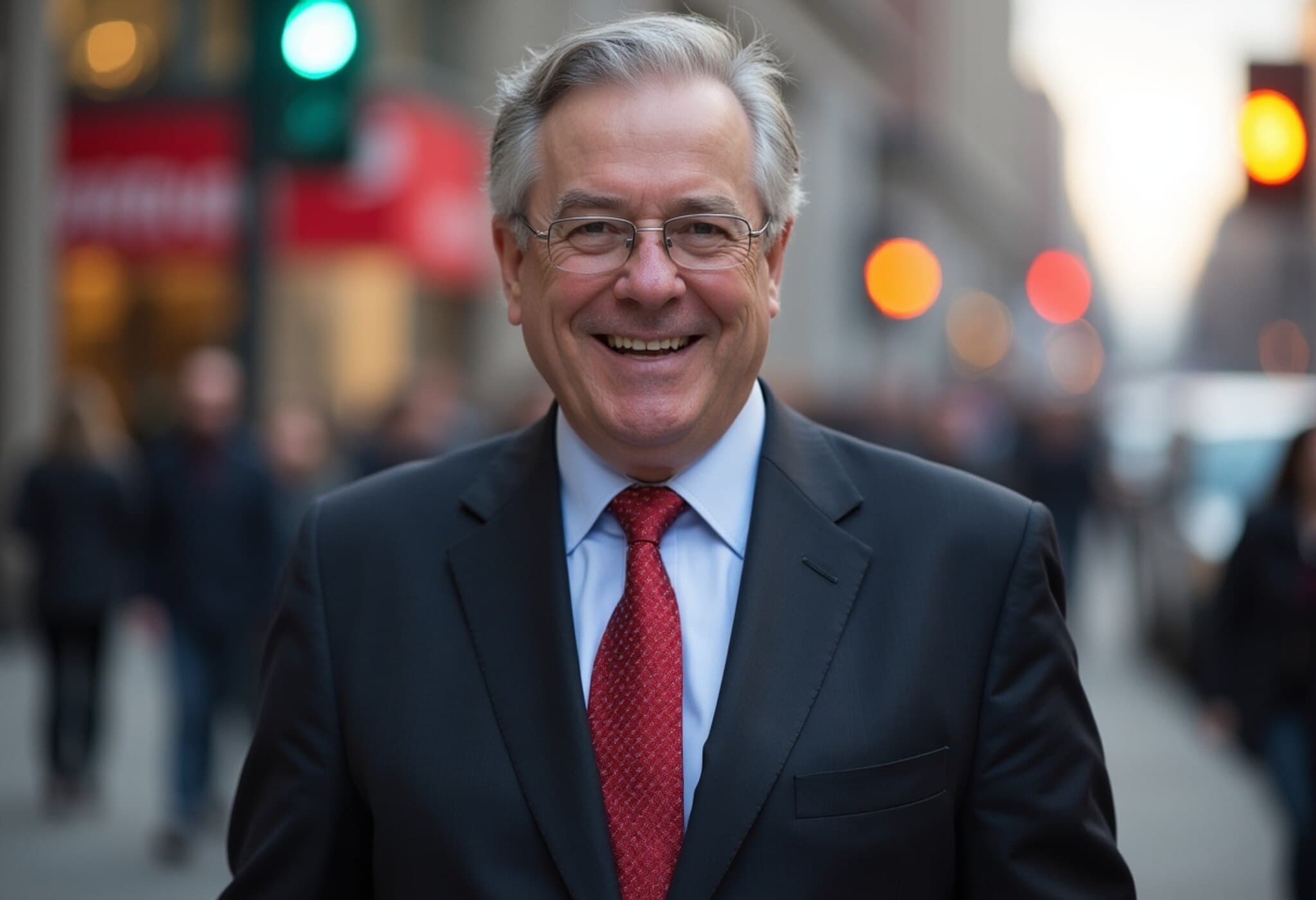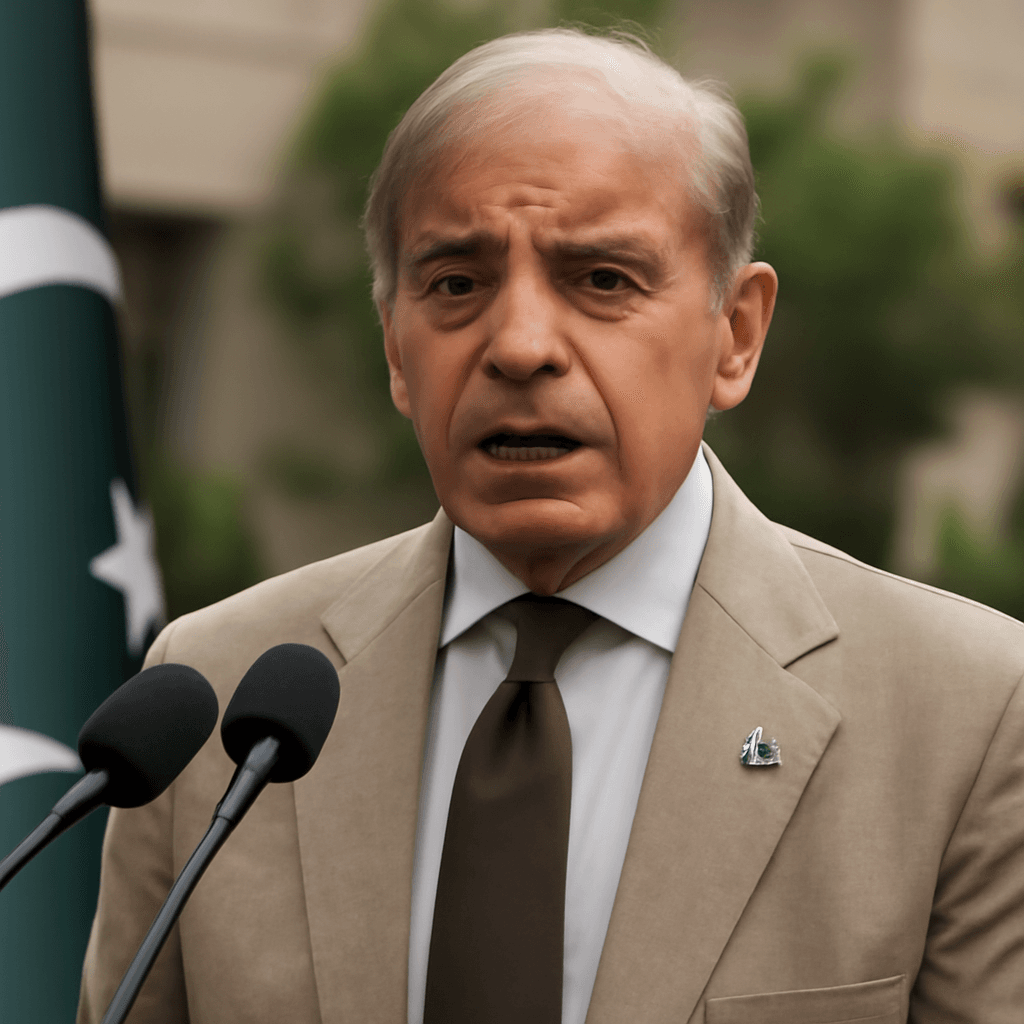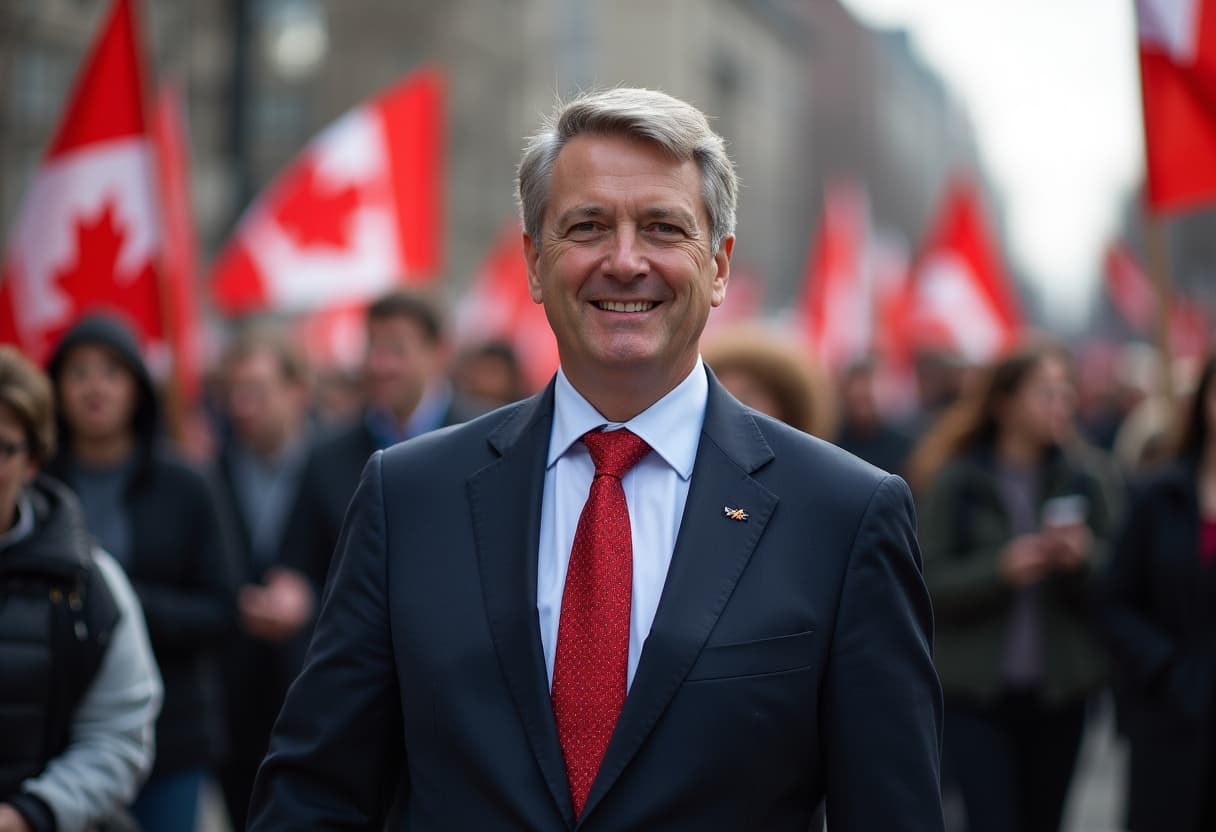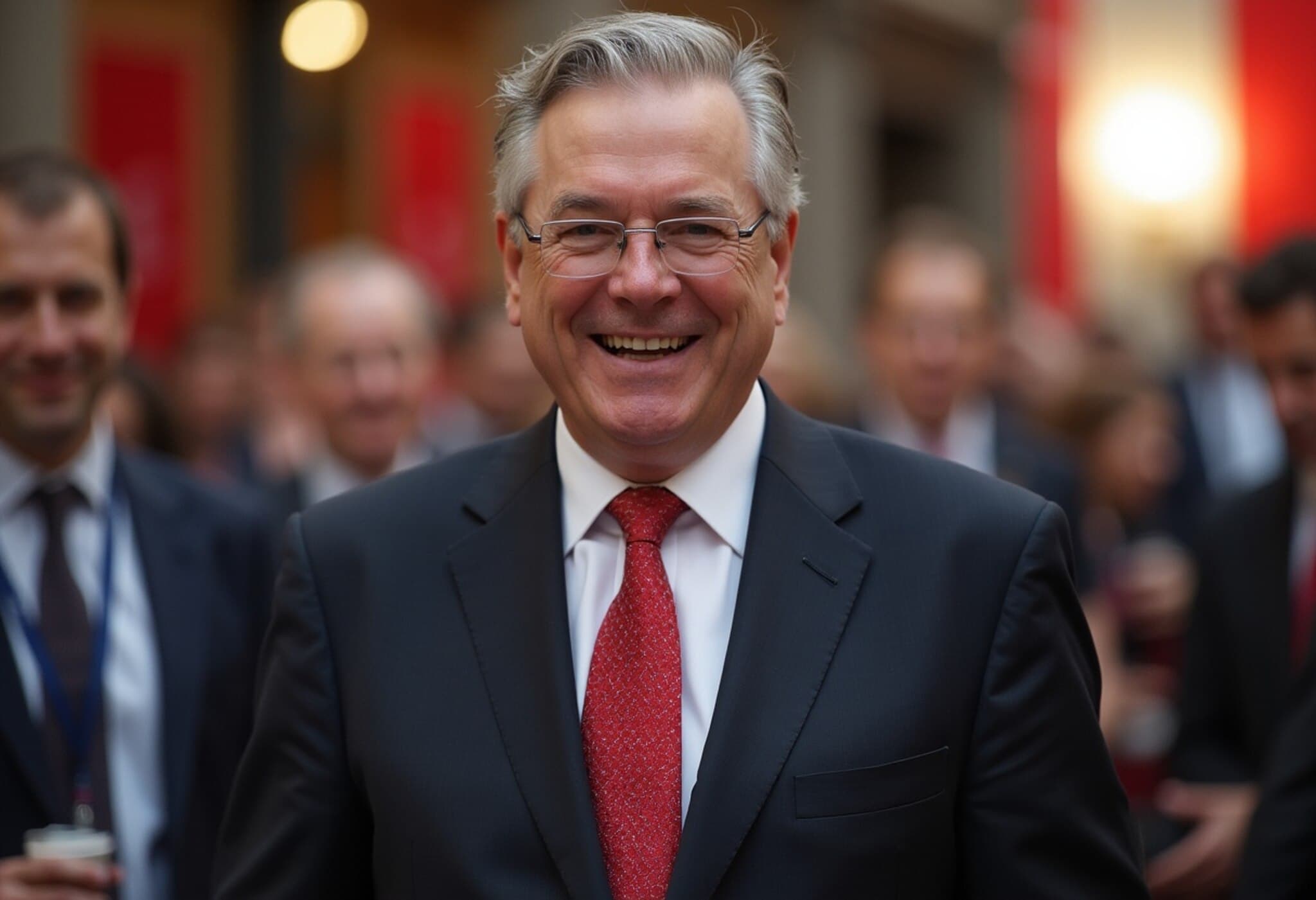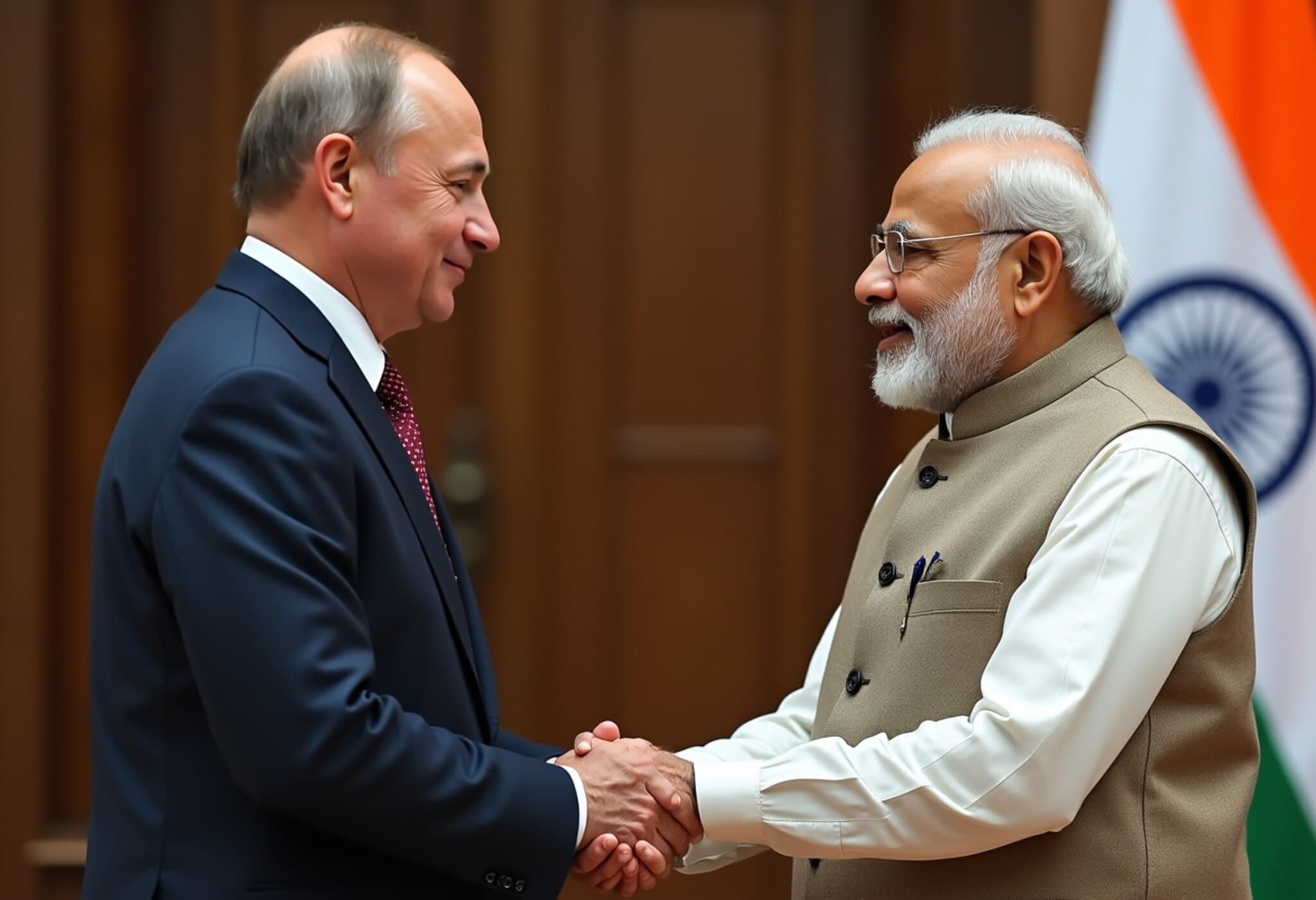Canada’s Conservative Leader Seeks Return to Parliament Through Alberta By-Election
Just four months after an unexpected defeat in both his Ottawa seat and the federal election, Conservative leader Pierre Poilievre is mounting a determined effort to reclaim his place in Canada’s House of Commons. His chosen battleground: the safe Conservative riding of Battle River–Crowfoot in Alberta.
The April Setback and Its Ramifications
In April 2025, Poilievre faced a dual blow. Not only did his party fail to wrest control from the Liberals despite leading in polls for months, but he also lost his long-held seat in Ottawa—a personal and political humiliation that left him sidelined during the crucial spring parliamentary session. This absence weakened his immediate influence, allowing interim opposition leader Andrew Scheer to take the helm.
Battle River–Crowfoot: A Political Lifeline in Alberta’s Conservative Heartland
Poilievre’s bid for a political resurrection led him westward to Alberta, where conservative politics runs deep amid expansive fields and oil sands. The Battle River–Crowfoot riding, vacated by loyal Conservative MP Damien Kurek, represents one of the party’s safest seats. Kurek secured an overwhelming 83% of votes in April and stepped aside temporarily to enable Poilievre’s return.
While the district's demographics and political leanings almost guarantee Poilievre’s victory, the size of his margin will be a barometer of his standing within the party and among voters.
Contesting Perceptions: Local Skepticism Meets Leadership Ambition
Despite this natural advantage, Poilievre faces skepticism from some constituents who see him as a “parachute candidate”—an outsider parachuted in primarily to revive his leadership rather than to represent the community authentically. Many residents, particularly farmers and rural workers with deep local roots, wonder if a politician who has spent two decades outside Alberta can genuinely reflect their concerns.
Independent veteran candidate Bonnie Critchley has voiced this unease explicitly, urging voters to reject what she calls political stunts designed to prop up Poilievre’s personal ambitions.
Rebranding the Leader: Campaign Strategy Rooted in Community Engagement
Recognizing this challenge, Poilievre has made visible efforts to shed his metropolitan image. He’s swapped formal suits for jeans, polos, and even a cowboy hat, engaging with voters in coffee shops, community halls, and farmsteads. His campaign deeply emphasizes how having a party leader represent the riding can strengthen the community’s voice in Ottawa.
- Key local campaign issues include:
- Farmers grappling with the impacts of international tariffs on canola and rising input costs due to trade tensions.
- Oil producers facing regulatory obstacles amid shifting federal environmental policies.
- Protecting gun rights and expanding resource development, concerns deeply rooted in the district.
National Significance: What the By-Election Means Beyond Alberta
Poilievre’s anticipated return to Parliament isn’t just a local affair; it has broader implications for Canada’s political landscape. His previous absence has hampered his ability to challenge Prime Minister Mark Carney and shape opposition strategy effectively. With Parliament reconvening in September, his presence will be vital to reasserting Conservative leadership.
However, Poilievre’s combative, Trump-esque style has alienated some voters, especially women, raising questions about his ability to expand his party’s appeal nationwide.
Looking ahead, the upcoming January leadership review will serve as a critical juncture. Party members are expected to scrutinize Poilievre’s performance in the by-election as a litmus test of his strength and the viability of his broader strategy to position the Conservatives as a credible alternative to the Liberals.
A Record-Setting Ballot and Unusual Electoral Dynamics
The Battle River–Crowfoot by-election is unusual, featuring more than 200 candidates—a reflection of protest movements challenging the political status quo. This forced Elections Canada to allow write-in ballots for the first time in Canadian history.
While major parties like the Liberals, New Democrats, and the People’s Party have candidates in the race, none are seen as serious contenders against Poilievre in this staunchly conservative district.
Balancing Local Roots and National Ambitions
Poilievre’s path back to Parliament is a study in contrasts—between the genuine local ties expected by constituents and the grand national ambitions he must fulfill as party leader. His success in this by-election could stabilize his leadership, boost party morale, and redefine Conservative politics heading into critical future challenges.
Editor’s Note
Poilievre’s journey reflects a recurring theme in democratic politics: can national leaders who stumble at home regain trust by anchoring themselves in local communities? The Battle River–Crowfoot by-election offers a real-time examination of this dynamic, posing questions about political authenticity, voter loyalty, and the balance between personal ambition and public service. As the Conservative Party braces for its leadership review, this contest not only determines one man’s fate but may also chart the course for Canada’s opposition in the years ahead.

